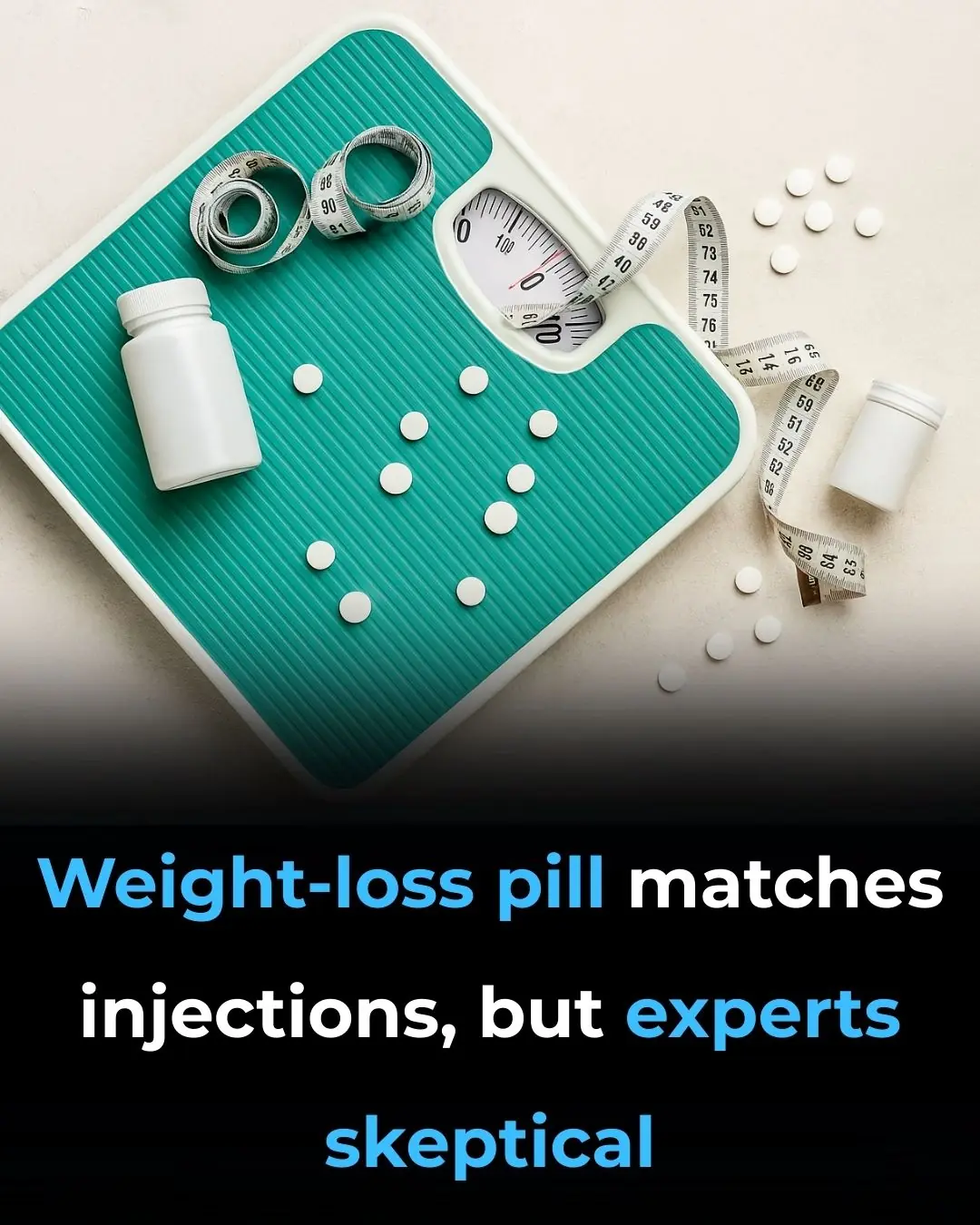
Scientists Develop World’s First ‘Pregnancy Robot’ That Can Give Birth to Living Babies

The Rise of the Pregnancy Robot: Science, Ethics, and the Future of Birth
For centuries, the ability to conceive, carry, and nurture new life has been considered one of the most intimate and uniquely human experiences. But in a striking collision of biology and technology, scientists in China are now attempting to hand that role to machines.
Imagine a world where babies are no longer born exclusively from human wombs but instead from advanced humanoid robots equipped with artificial wombs — a concept that once belonged only in speculative science fiction, now rapidly approaching reality.
At the 2025 World Robot Conference in Beijing, Chinese scientist Dr. Zhang Qifeng revealed plans to build the world’s first humanoid robot capable of carrying a pregnancy to term. Beneath its polished exterior lies an artificial womb designed to replicate the delicate, intricate conditions of human gestation — from synthetic amniotic fluid to automated nutrient-delivery systems. If progress stays on track, the first prototype could be ready by 2026, with a projected price tag of about $13,900 — far below the cost of surrogacy in many countries.
A Scientific Milestone with Profound Implications
The potential applications extend far beyond a technical breakthrough. With infertility affecting an estimated 15% of couples worldwide, the possibility of robotic gestation offers hope to millions who struggle to conceive. But it has also sparked intense ethical debate: is this the dawn of a new era in reproductive medicine, or the first step toward a dystopian future where motherhood is outsourced to machines?
The Science Behind the Humanoid Pregnancy Robot
At the center of Kaiwa Technology’s bold project is a humanoid robot designed to do what, until now, only the human body could achieve — carry a baby from conception to birth. Unlike traditional neonatal incubators, which support infants after partial gestation, this system is designed to replicate every stage of pregnancy, providing a controlled environment for fetal development over the full ten-month cycle.
The artificial womb is the centerpiece of this innovation. Inside the robot’s abdomen, the fetus would float in synthetic amniotic fluid, buffered and protected just as it would be in a biological womb. A specialized tube, functioning like an umbilical cord, would deliver oxygen and nutrients, while an array of sensors continuously monitors vital signs, temperature, and growth milestones to ensure optimal development.
According to Dr. Zhang, the scientific principles behind the system are already in a “mature stage,” validated in laboratory settings. The next step involves integrating this technology into a humanoid robot capable not only of gestating a baby but also of interacting with people throughout the process.
This leap builds on years of groundbreaking work in artificial gestation. In 2017, scientists at the Children’s Hospital of Philadelphia kept premature lambs alive for several weeks inside a “biobag,” a sterile, fluid-filled sac that allowed the animals to grow normally — even sprouting wool. That experiment marked a turning point, proving that life could be sustained outside a biological womb. The pregnancy robot aims to push those boundaries even further, moving from partial to full-term artificial gestation.
Why This Technology Matters

The motivations behind the project are grounded in urgent medical and demographic realities. According to the World Health Organization, infertility affects millions of families worldwide. In China, the rate rose from 11.9% in 2007 to 18% in 2020, a troubling trend amid declining birth rates and a rapidly aging population.
Traditional surrogacy — often costing over $100,000 in countries like the United States — is financially out of reach for many and legally restricted in others. By comparison, Kaiwa Technology’s estimated price of 100,000 yuan (about $13,900) could democratize access to advanced reproductive technology.
Beyond affordability, the pregnancy robot could also dramatically reduce the health risks associated with natural pregnancy. Conditions such as preeclampsia, gestational diabetes, and postpartum hemorrhage continue to claim lives, particularly in regions lacking adequate maternal healthcare infrastructure. Transferring the physical burden of gestation to a controlled, automated system could help prevent these complications entirely.
The robot also opens new frontiers in scientific research. By offering an observable and highly regulated environment, artificial wombs could allow researchers to study complex biological questions — from genetic disorders to the impact of environmental stressors — in ways never before possible. For conditions like preterm birth or rare developmental syndromes, such insights could fast-track the development of targeted treatments.
History offers a telling comparison: when in vitro fertilization (IVF) was first introduced in the late 1970s, it faced moral outrage and skepticism. Today, IVF is a mainstream medical practice, responsible for more than 8 million births worldwide. Advocates of artificial womb technology believe it could follow the same trajectory: once controversial, eventually transformative.
Global Reactions and Ethical Debate

The announcement has generated a firestorm of reactions across the globe. In China, public opinion is deeply split. Some hail the project as a beacon of hope for couples battling infertility and for a society grappling with shrinking birth rates. Others express deep unease, fearing a future where machines replace one of humanity’s most profound experiences.
Internationally, media outlets have echoed this polarization. Western commentators have described the technology as everything from a “revolutionary breakthrough” to a “dystopian nightmare.” Bioethics experts emphasize the need for strict oversight, warning that without regulation, the technology could be exploited for profit or lead to dangerous social inequalities.
This debate mirrors the cultural shockwaves that followed the birth of the first IVF baby in 1978 — an innovation once seen as unnatural but now embraced worldwide.
Risks, Challenges, and Unanswered Questions

Despite its promise, the path to fully functional robotic gestation is riddled with obstacles.
One of the biggest challenges involves replicating the complex hormonal interplay of pregnancy. Hormones such as progesterone, estrogen, and oxytocin regulate not only fetal growth but also immune tolerance, brain development, and even the emotional bond between mother and child. Artificial systems can replicate nutrients and oxygen delivery, but recreating these biochemical dynamics remains out of reach — raising concerns about unknown developmental or psychological effects.
Another scientific hurdle lies in the earliest phases of life — fertilization and implantation. While Kaiwa Technology claims its artificial womb can support full-term development, it has yet to demonstrate seamless continuity from fertilization through delivery. So far, artificial womb research has only reliably supported later stages of gestation, like the premature lamb experiments.
There are also pressing social and ethical risks. Critics warn of potential exploitation, from black markets for eggs and sperm to the commercialization of childbirth. Psychologists question the long-term emotional impact on children born through artificial gestation and the redefinition of parent-child bonds in a world where machines help create life.
Liberation or Loss? The Cultural Impact of Artificial Gestation
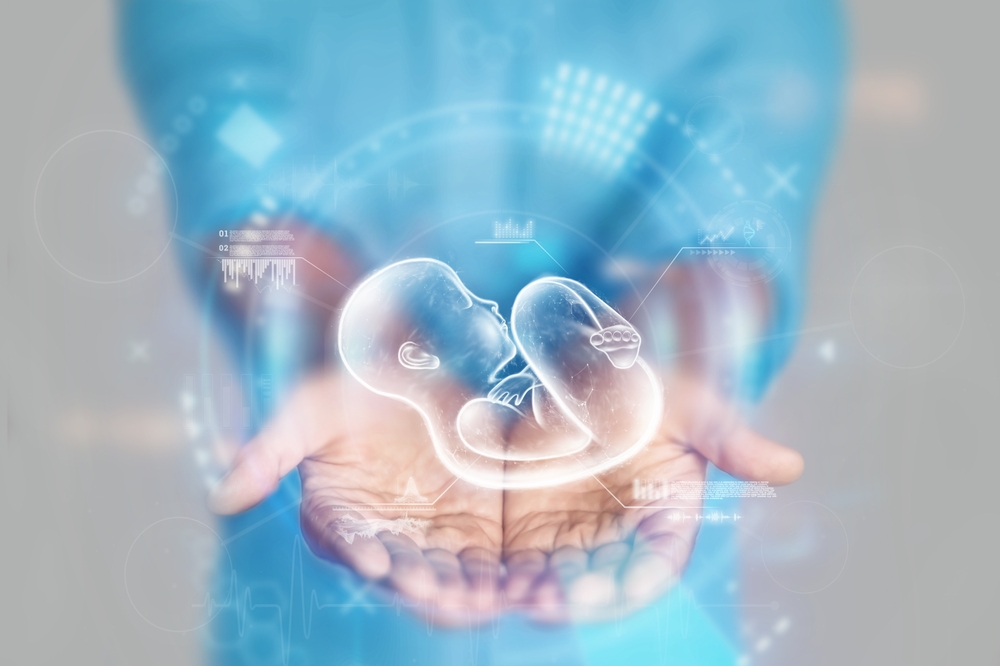
This emerging technology challenges deeply ingrained beliefs about what it means to create and nurture life. For some, the pregnancy robot represents liberation — a chance to free women from the physical burdens of pregnancy, provide new pathways to parenthood for infertile couples, and democratize reproductive choice. Advocates envision a future where gestation is safer, more inclusive, and less physically taxing.
For others, however, it signals a profound loss. Pregnancy is more than biology; it’s an emotional, physical, and social journey that shapes family identity. Critics fear that outsourcing this intimate process to machines could erode human bonds, turning the earliest stages of life into a sterile, mechanical transaction. Feminist scholars warn that, if misused, the technology could marginalize women’s roles in reproduction, reducing motherhood to a relic of the past.
Most experts believe the reality will land somewhere between these extremes. Widespread adoption is unlikely to happen overnight. Instead, artificial wombs may first find applications in research settings or high-risk pregnancies, gradually expanding into more mainstream use by the 2030s or 2040s.
Preparing for a New Era
The notion of a machine giving birth once sounded like pure fantasy, but with the first prototype expected by 2026, the line between biology and technology is blurring faster than ever. For millions facing infertility, the pregnancy robot represents a potential lifeline. For scientists, it offers unprecedented insight into the mysteries of human development.
But innovation alone is not enough. Like every disruptive breakthrough before it, this technology demands careful oversight, transparent dialogue, and thoughtful regulation. The challenge is ensuring that artificial wombs serve humanity without diminishing humanity — advancing medicine while preserving the emotional and ethical dimensions of parenthood.
As the world watches, the true question is no longer whether machines can give life — but whether society is ready to responsibly govern the future they create.
News in the same category


Scientists issue warning of 'The Big One' predicted to be one of the most extreme earthquakes in history

What Mixing Vinegar, Salt, and Water Does?

The Reason Some People Keep Lemons on Their Nightstand While Sleeping

Pick a Grandma to Discover Your Future Self

Death Doesn’t Exist And May Just Be An Illusion, According To Quantum Physics

I Di3d for 6 Minutes and Saw the Afterlife — What I Witnessed Still Haunts Me

How One Simple Button Can Cut Your Energy Costs in Half!

Never store your cooked rice without knowing this

Dogs Can Tell If A Person Is Good Or Bad

Panic on P:0rnh:ub as adult site reports it's losing one million users every single day
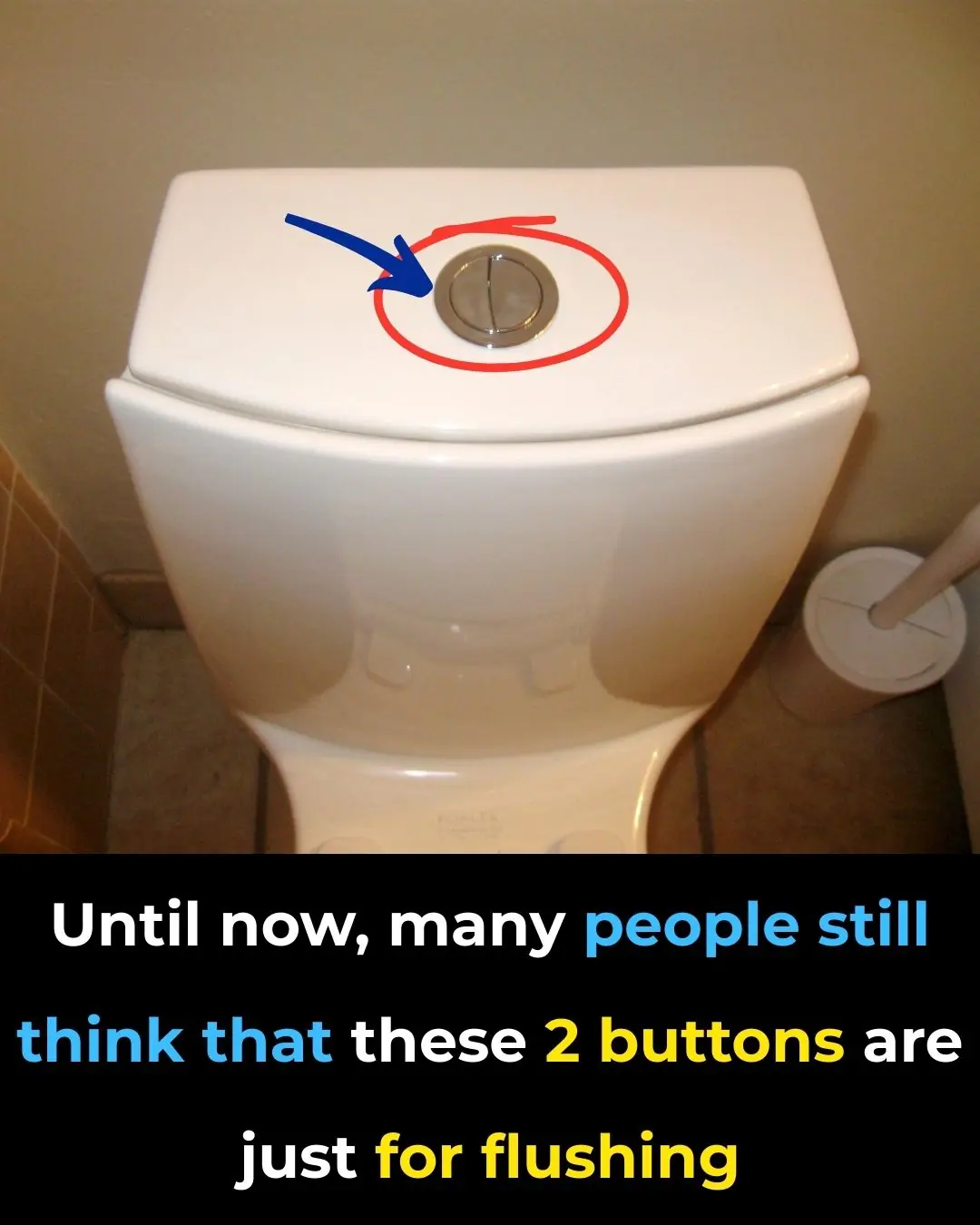
What’s the Purpose of Dual-Flush Toilet Buttons?

Why a Cat Rubs Against You

True Meaning When Black Butterflies Visit You

Tips for Selecting Fresh Pork at the Market
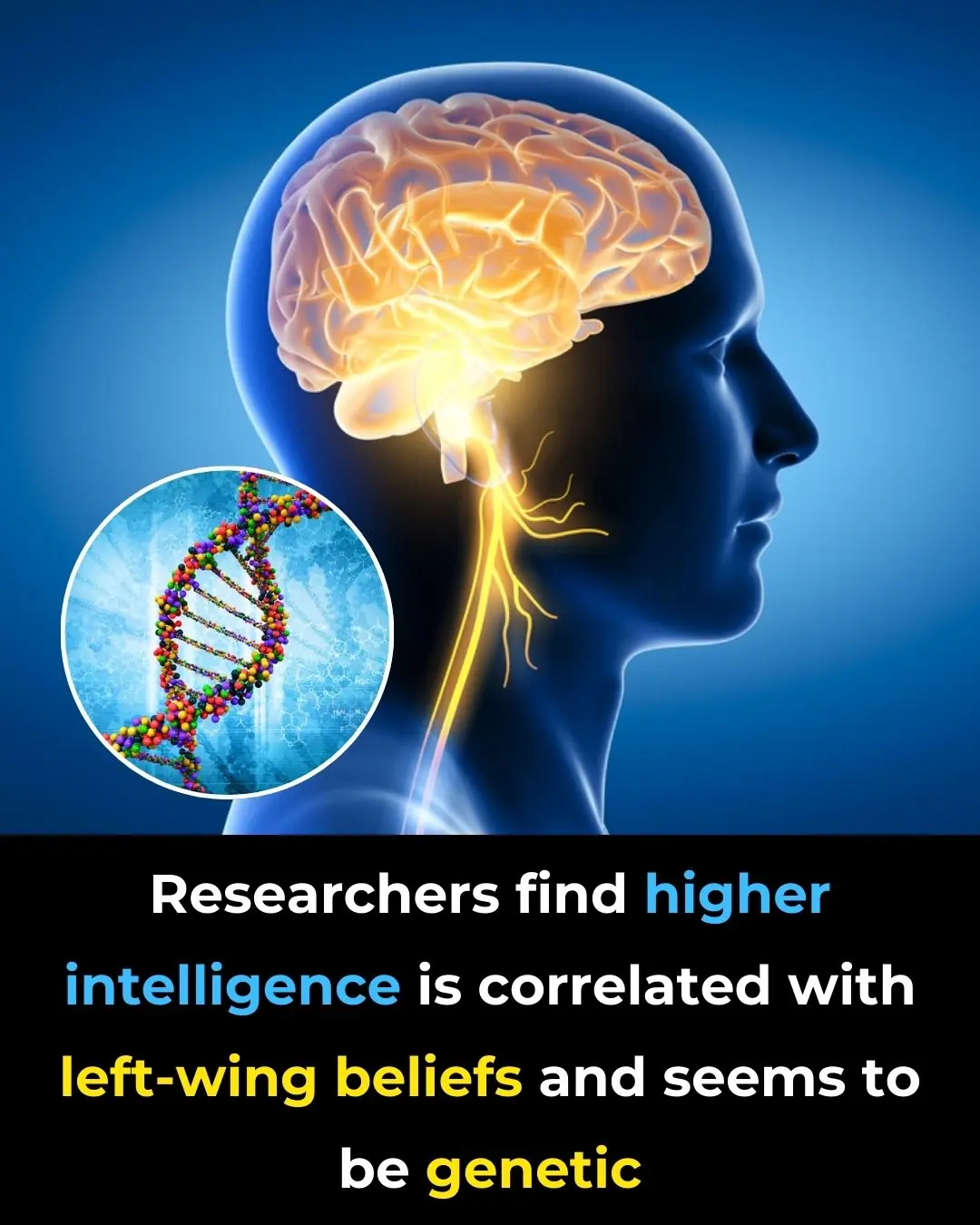
Researchers Find Higher Intelligence Is Correlated With Left-Wing Beliefs and Seems to Be Genetic
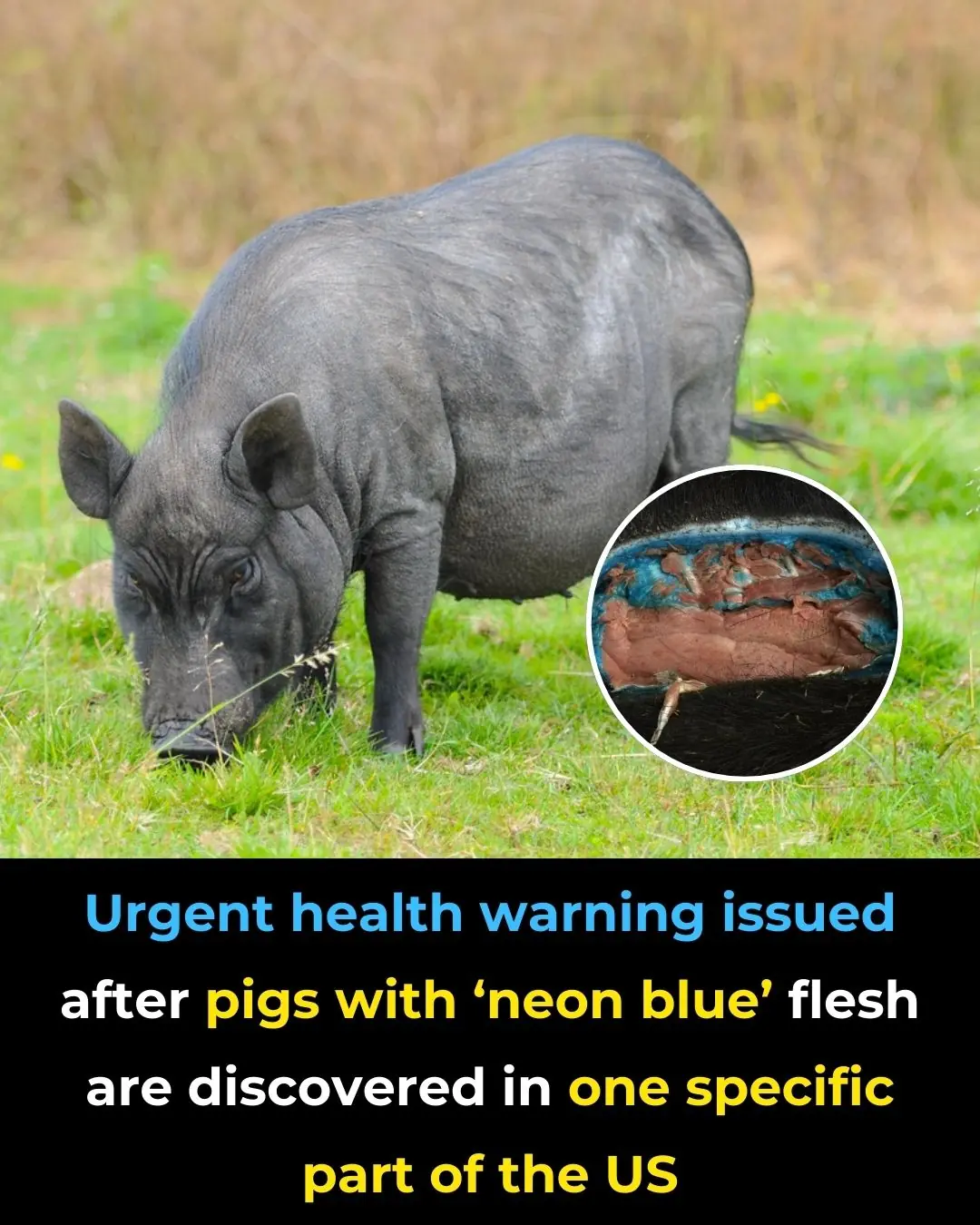
Urgent Health Warning Issued After Pigs With ‘Neon Blue’ Flesh Are Discovered in One Specific Part of the Us

'Hostile' comet aimed at Earth could obliterate the world's economy 'overnight' if it hits

Iconic movie sequel delayed until 2027 after online sleuths 'guessed the plot'
News Post

Morning Drinks That Supercharge Your Kidneys: 5 Natural Remedies Backed by Science
Your kidneys quietly work around the clock to filter waste, balance fluids, and regulate blood pressure—yet most people neglect them until problems arise. Starting your morning with simple, kidney-friendly drinks can protect these vital organs and set t
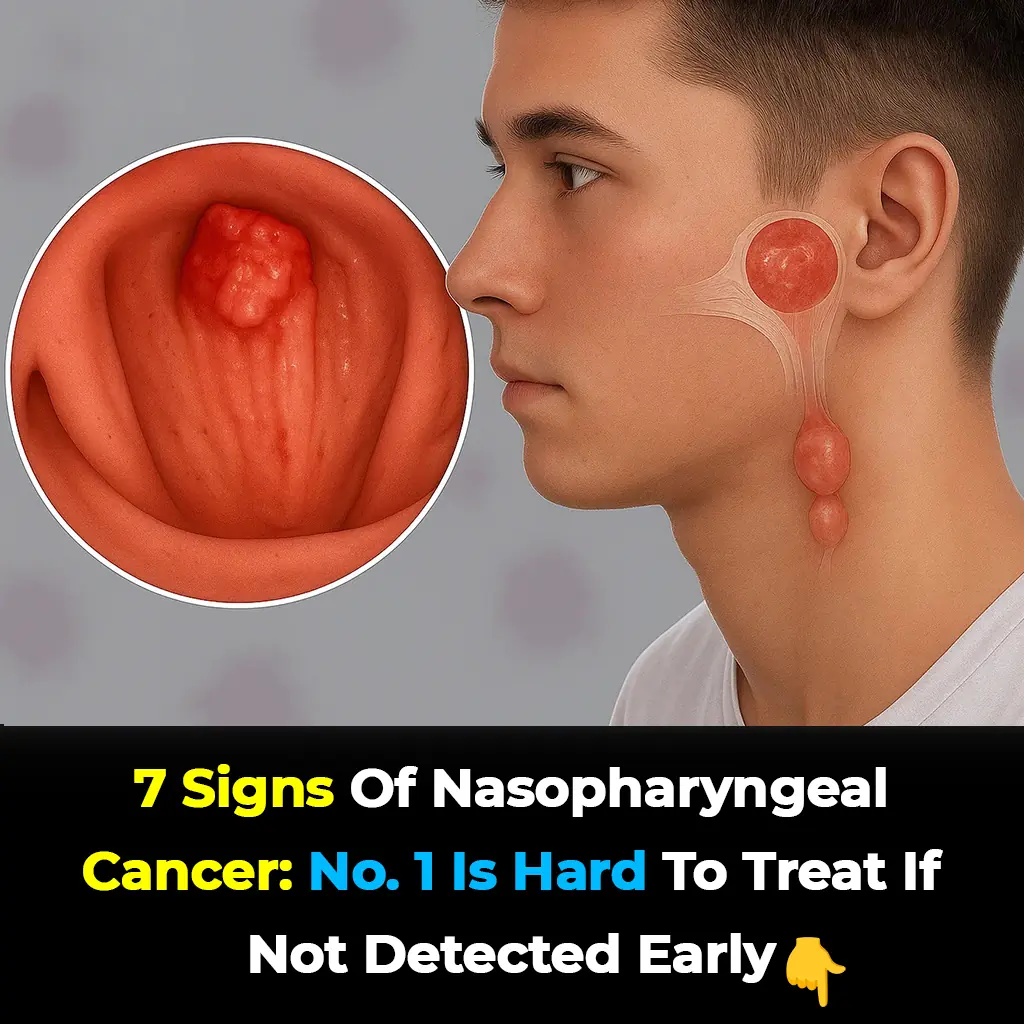
7 Alarming Signs of Nasopharyngeal Cancer You Should Never Ignore
Nasopharyngeal cancer often hides behind symptoms that look like common colds or allergies. Recognizing these early warning signs can make all the difference in timely treatment and recovery.

Citizens fear Alaskan capital could be swallowed under water following major glacier outburst

The Science-Backed Benefits of Elderberry (Plus an Easy Syrup Recipe)

Scientists issue warning of 'The Big One' predicted to be one of the most extreme earthquakes in history

Why Almonds Are So Good for You: Health Benefits Backed by Science
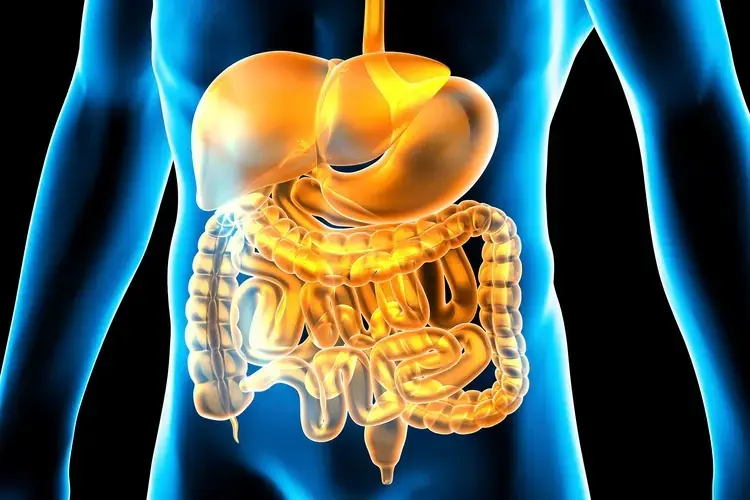
Use This Simple Method to Kill the Bacteria Causing Heartburn and Bloating Before It’s Too Late

Russian Doctor Claims You Can Recover Your Immune System in Just 30 Seconds
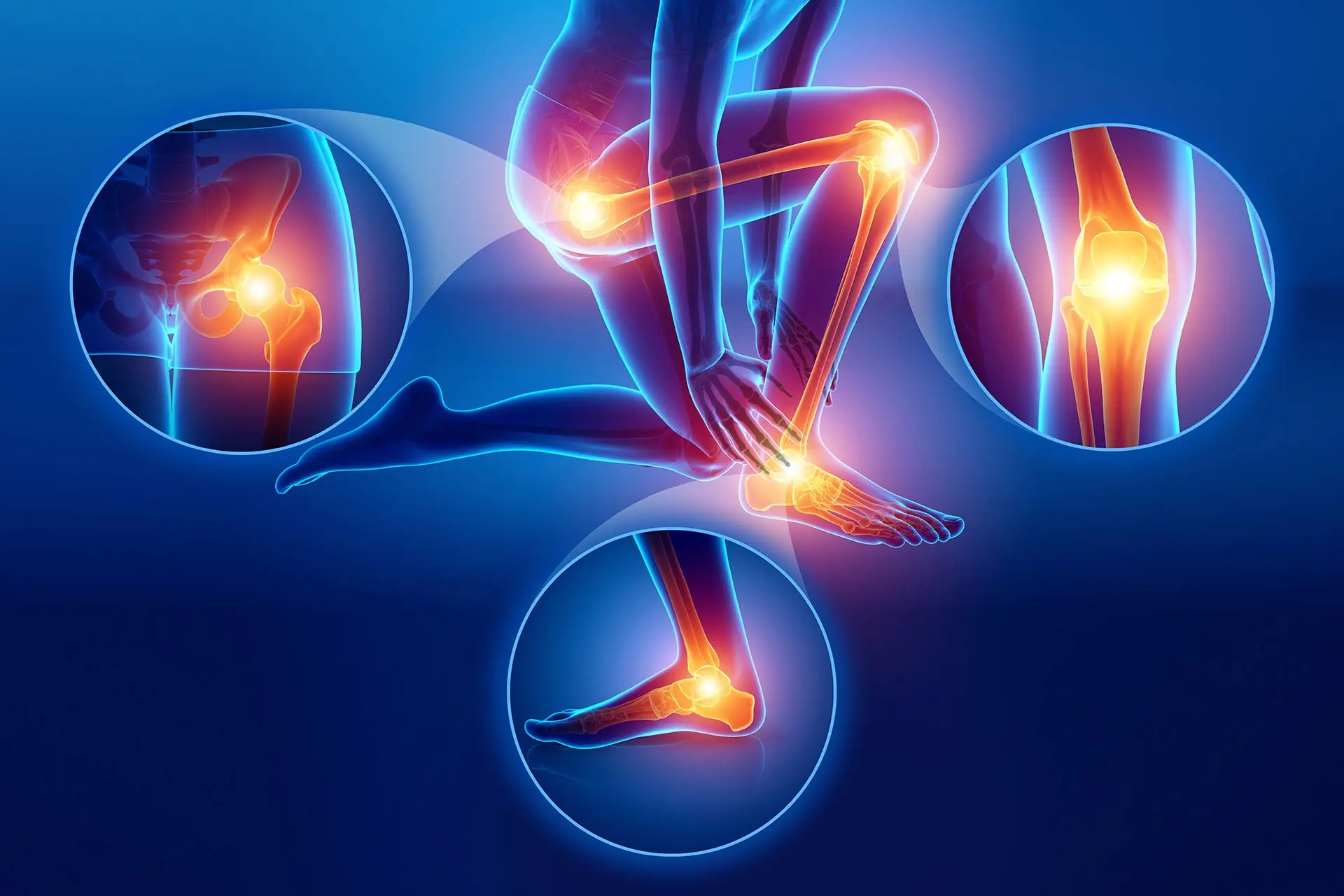
Doctors Warning: 7 Types of Pain You Should Never Ignore!
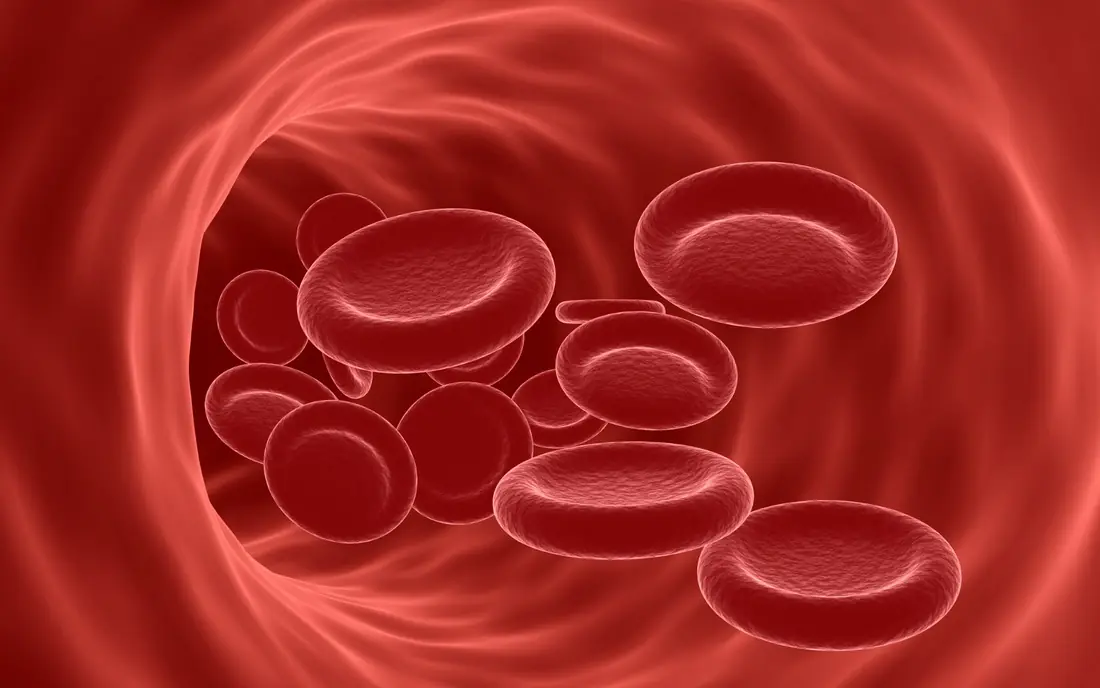
Iron Deficiency Symptoms You're Probably Missing and How to Correct Them

Here’s Why You Should Massage Your Feet Every Night Before Bed

Young Mother Shocked After Doctors Reveal Her ‘Heart Attack’ Was Actually Oil in Her Lungs from Vaping
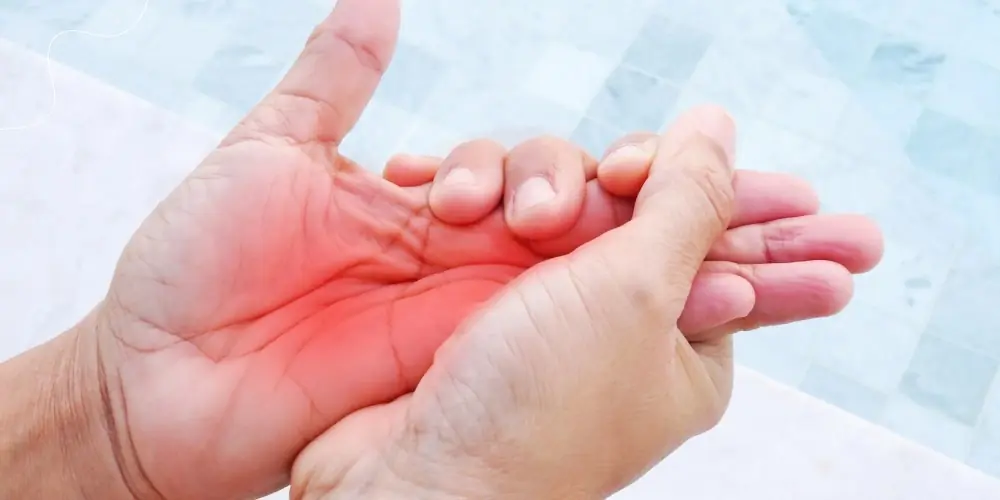
Do You Wake Up With Numb or Tingling Hands? Here’s What Your Body Is Trying to Tell You

Passenger’s Severe In-Flight Diarrhea Forces Entire Flight to Be Canceled
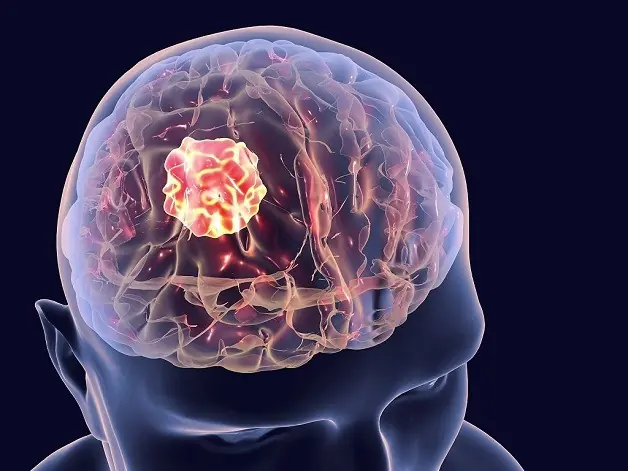
Proven Brain Foods to Boost Brain Power, Focus and Memory

Think You’re Fine? These 10 Hidden Signs of Gluten Intolerance Will Surprise You

The Psychological Meaning of Leaving Dirty Dishes

The Vitamin The Body Lacks When Legs And Bones Are Painful

Advanced HCC: Which First-line Treatment Is Best?
